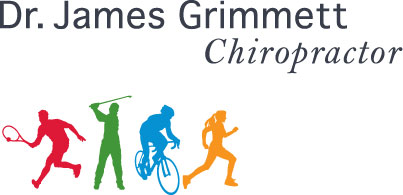The weekly workshop really is about ‘the basics’ when referring to posture. It is from a good support base that we move most efficiently from. That is for example, to run well we need great support. A way to look at this is with many movement patterns there is a support leg and a stepping forward leg. If the support leg is weak the resulting stepping forward leg will reflect this weakness.
A bare minimum with a poor support base will be poor performance. For the elderly a common phenomena is the difficulty to get out of a chair or the unsteady/woddling gait. Yes, this can be for many reasons such as neurological problems but very often it is due primarily to a weak postural system. When this weakness lingers for many months or years pain is a common occurrence.
I gave the example of the elderly but poor posture is very common in the young as well. An example of the 30 year old who tries their first 10 km run or joins a boot camp and gets injured in the process. Typically the injury was not from being hit by a bus while running. They will commonly state the pain just started one run. This type of onset is due to underlying postural weakness until proven otherwise.
I could go on with many examples of pain that results from common postural faults. You name a body part and I will give you an easy explanation to the poor postural origin. This may present as pain in the shoulder, foot, hip, low back, neck…
In the corrective exercise workshop I cover 4-5 exercises over the hour. The principle goals of the class focus on correcting the following postural and movement problems:
- Anterior or forward head carriage
- Anterior or forward/rounded shoulders
- Tightness/restriction in the upper-mid back
- Weak abdominal wall (common to see an hourglass deformity when viewed from the front or back)
The major contributor to the above findings in an underlying weakness and this is what is targeted in the corrective exercises. This doesn’t mean that some release work won’t be beneficial. But the release work better be complemented with corrective exercise that addresses the underlying weakness for a lasting benefit to be achieved.
When it comes to postural correction the obvious may not be the answer. I will give the example, rounded shoulders. One phrase you will not hear from me is “bring your shoulders back”, or “squeeze your shoulder blades together”. Anyone with rounded or anterior shoulders is likely to tell you this advice, despite the good intention, did not work!
The answer as to why the above two cues did not work is simple. They did not address the underlying weakness. Furthermore they placed the shoulder girdle and commonly the neck in a compromised position from a postural standpoint.
I will continue with the importance of the having adequate movement between the shoulders in the mid to upper back on my next entry…
